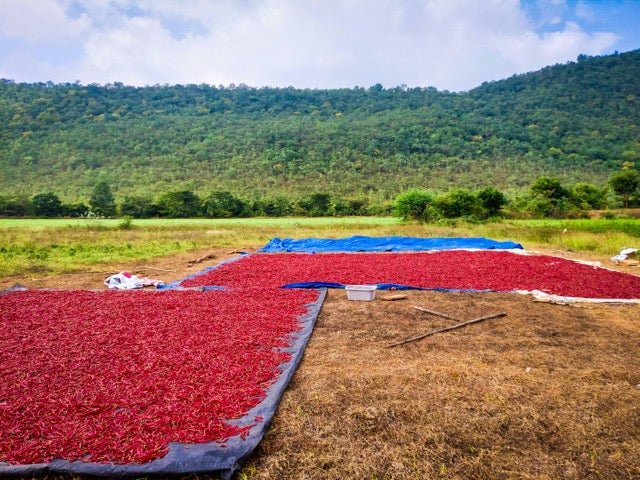
Top 5 Processing Methods for Coffee Beans
Share
In this post, we are focusing on demystifying the processing methods used in the coffee industry. Our aim is to help you make informed choices so that you can buy the best coffee to suit your taste & values.
So, what are the top five processing methods for coffee? Washed, natural, honey, anaerobic fermentation, and wet-hulled.
Washed and honey processes have clean, balanced flavours. The natural process is known for its fruity notes and low environmental impact. Anaerobic fermentation introduces more experimental flavours but requires careful control. The wet-hulled method, while suitable for humid climates, can produce unique earthy tastes but may result in greater variability in quality.
1. Washed Process (Wet Processing)
The coffee cherries are pulped to remove the outer fruit. Then, the beans are fermented in water to dissolve the remaining mucilage. Finally, they are washed and dried.
| Pro's | Con's |
| Produces a cleaner and brighter flavor profile. | Requires a significant amount of water, raising sustainability concerns. |
| Reduces the fermentation processing time, leading to a more consistent taste. | More labor-intensive and costly due to the washing stages. |
2. Natural Process (Dry Processing)
Farmers dry the coffee cherries whole with the fruit intact. This method allows the sugars and flavours from the fruit to seep into the beans during drying.
| Pro's | Con's |
|
Retains more of the fruity flavours and sweetness, leading to a unique taste. |
Longer drying time, increasing exposure to environmental factors. |
| Requires less water, making it more suitable for regions with limited water resources. |
Higher risk of inconsistent quality due to variations in drying conditions. |

3. Honey Process
The coffee cherries are depulped to remove the outer skin. The drying process leaves some of the sticky fruit layer, called mucilage, on the beans. The name "honey" refers to the sticky, sweet nature of the mucilage.
| Pro's | Con's |
| It balances the brightness of washed coffee with the fruitiness of natural processing. | Requires careful monitoring during drying to prevent defects. |
|
Reduces water consumption compared to the washed method. |
Labor-intensive, as it involves removing the cherry while leaving some mucilage intact. |
4. Anaerobic fermentation
Coffee cherries or depulped beans are sealed in an oxygen-free environment to ferment for a set time. This allows for the controlled development of unique flavors.
| Pro's | Con's |
| Enhances unique flavor profiles through controlled fermentation. | Complex processes that require precision and monitoring. |
| Can create more complex, exotic taste notes. These are sought by speciality coffee markets. | More susceptible to producing off-flavours without careful management. |
5. Wet-Hulled Process (Giling Basah)
In regions like Indonesia, coffee cherries undergo partial drying before the removal of the parchment layer, followed by a second drying process to achieve the final moisture content.
| Pro's | Con's |
| Adapted for regions with high humidity, it allows for faster drying. | Higher risk of defects due to partial drying before hulling. |
| It results in a heavier body and earthy flavors. Some consumers prefer these. | Can result in inconsistent quality compared to other methods. |
